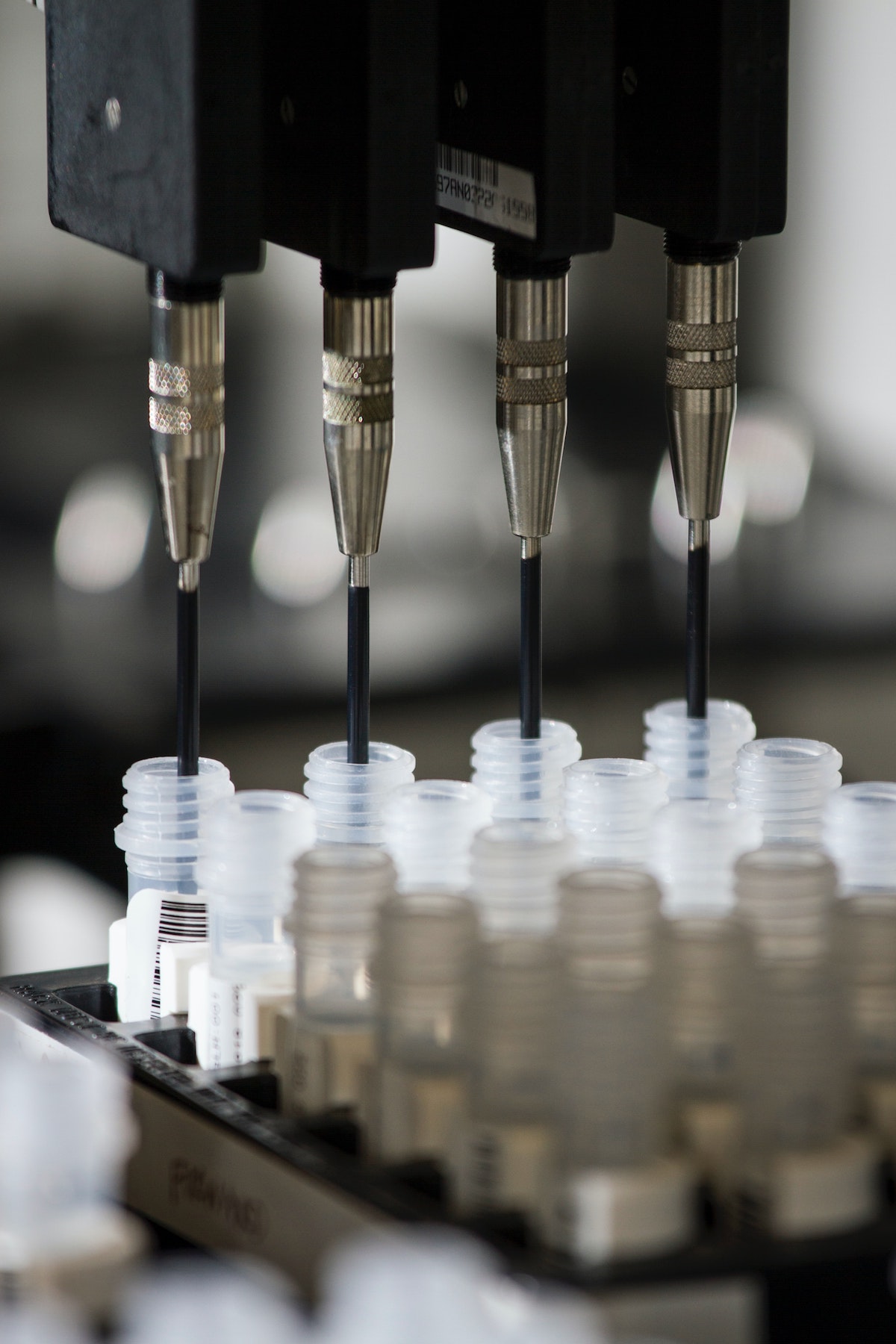In 1987, Japanese researchers discovered a novel mechanism of genetic sequencing. Their discovery took a back seat until 2009, where scientists demonstrated a new type of gene-editing tool which utilized the same mechanism. The technology–which they called CRISPR-Cas9–could effectively alter and cut DNA sequences with ease, with a groundbreaking technique that would soon render previous gene-editing methods obsolete.
Today, CRISPR is used for a wide range of purposes–particularly in the agricultural industry (which uses it to improve crop yield, increase drought tolerance, and even add nutrients to plants) and in medicine, where scientists are exploring and studying its potential to fix genetic defects like cystic fibrosis and anemia. As CRISPR is still a relatively new invention, researchers are still exploring scenarios in which the tool can be most beneficial. In the years to come, it’s certain that we will see great things being done with the help of CRISPR. But what exactly makes CRISPR potentially more effective and versatile than previous gene-editing or other therapeutic methods, and how does it work?
What Is CRISPR?
Scientists studying bacteria found that some of the microorganisms used a certain type of RNA (ribonucleic acid) and proteins to defend themselves against viruses by essentially severing the DNA of the enemy virus. The researchers hypothesized that if the RNA and proteins in bacteria were to be transplanted into other types of DNA, that DNA could then be used to manipulate genomes. Eventually, their hypothesis was proven correct – it was found that the bacteria’s capability to attack viruses could be modified to cut certain regions in any type of DNA. Once scientists were able to recreate this in the laboratory, they started work on a tool which would later be simply referred to as CRISPR. Many scientists today are using CRISPR over more dated gene-editing methods such as TALENs, a technology which is much more costly (3 to 6 times more expensive than CRISPR), extremely complex, and limited in functionality.

How It Is Used Today
The CRISPR method is used today for many different purposes. For example, scientists at Synthetic Genomics have successfully used CRISPR to create a new strain of algae used to produce biofuels that produces two times more lipids (natural oils) than previous strains. “We are focused on understanding how to maximize the efficiency of [lipid production] algae and at the same time maximise the amount of CO2 converted to lipids in the cells, which is the component processed into biodiesel,” said Eric Moellering, lead researcher at Synthetic Genomics.
The technology is also being used to fight cancer. Researchers are using CRISPR to analyze cancerous tumors and determine which genes have been altered. The process leads them to identify which drugs are most suitable to fight the cancer of each individual patient. Scientists are also using CRISPR to develop entirely new cancer medications by pinpointing which genes in the patient’s body are most likely to be contributing to the specific cancer, then developing specialized treatments based on the results. Lastly, the CRISPR tool is also being used to understand how exactly cancer drugs work in the body by analyzing hundreds of genes and pinpointing which ones are affected by the drug.
CRISPR and COVID-19
But the versatility of CRISPR doesn’t end with its role in fighting cancer. Scientists working together against the COVID-19 pandemic have begun to use CRISPR to test people for the COVID-19 virus. Sherlock Biosciences, a biotech company based in Massachusetts, figured out how to develop a COVID-19 diagnostic test using CRISPR technology. Their test, which is “inexpensive and can be done in an hour” according to CEO Rahul Dhanda, received FDA approval in early May 2020. The diagnostic test uses a form of CRISPR technology developed by company co-founder Feng Zhang, a scientist with ties to both MIT’s Broad Institute and Harvard University.
The test first detects the presence of COVID-19 in the sample provided, a respiratory specimen taken from the mouth or nose. Then, the sample is converted into DNA, using a process called isothermal amplification, to make it easier to analyze. Finally, CRISPR comes into play, with the DNA sample being converted back into RNA and then sliced using the Cas13 enzyme. The test can identify two different parts of the COVID-19 genome: A “recipe” for the nucleocapsid in the genome, which the virus uses to build itself up inside the human body, and a part of the genome called ORF 1ab which the virus uses to duplicate itself once established in the host.
“Based on everything we are living through today, having this tool available would be hugely beneficial to public health efforts,” said Janice Chen, CTO of Sherlock Biosciences. “What we’ve learned with this public health crisis is that there’s actually also a large need for getting point-of-care patient testing available. In some ways, this is kind of an important milestone.”
As the CRISPR technology becomes more widely adopted and is studied more in depth, we will see it being used in exciting new ways. This is truly one of the biggest contributions to humanity that the 21st century has given us.